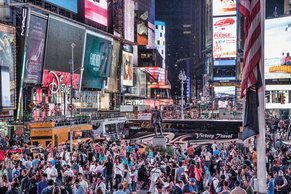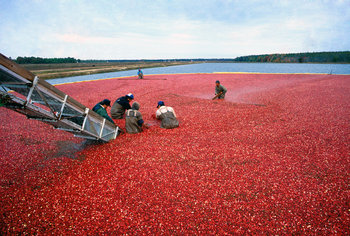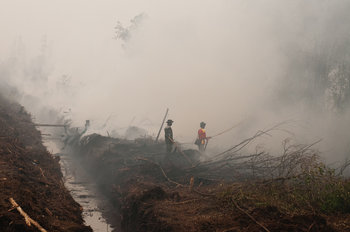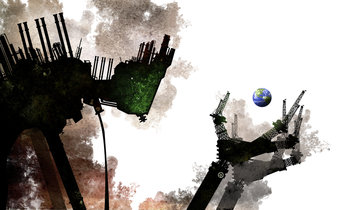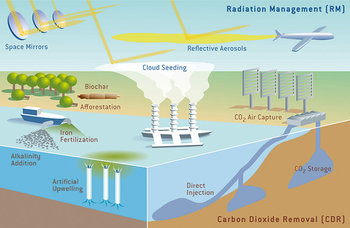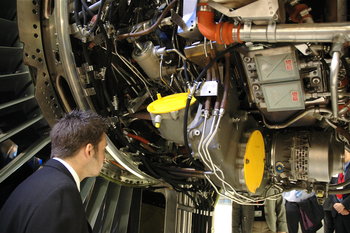
Wildlife
Wildlife such as the fish in the ocean. Historically, a large number of species have gone extinct due to overhunting.Air
Using air for combustion.Atmosphere
Using the atmosphere to get rid of waste products. For example, garbage incineration and exhaust from factories and vehicles.Water
Consumption of freshwater and pollution of water systems such as agricultural runoff or industrial effluents.Land
Land based resources such as fertile soil and mineral deposits.Ecosystems
Ecosystems such as a coral reef or forest. For example, a forest may be used for wood or slashed and burned to create space for agriculture.| Overview: Common Goods | ||
Type | ||
Definition (1) | A good that is rivalrous and non-excludable. | |
Definition (2) | A good that has limited abundance that is difficult to stop people from using in unlimited quantities. | |
Related Concepts | ||

